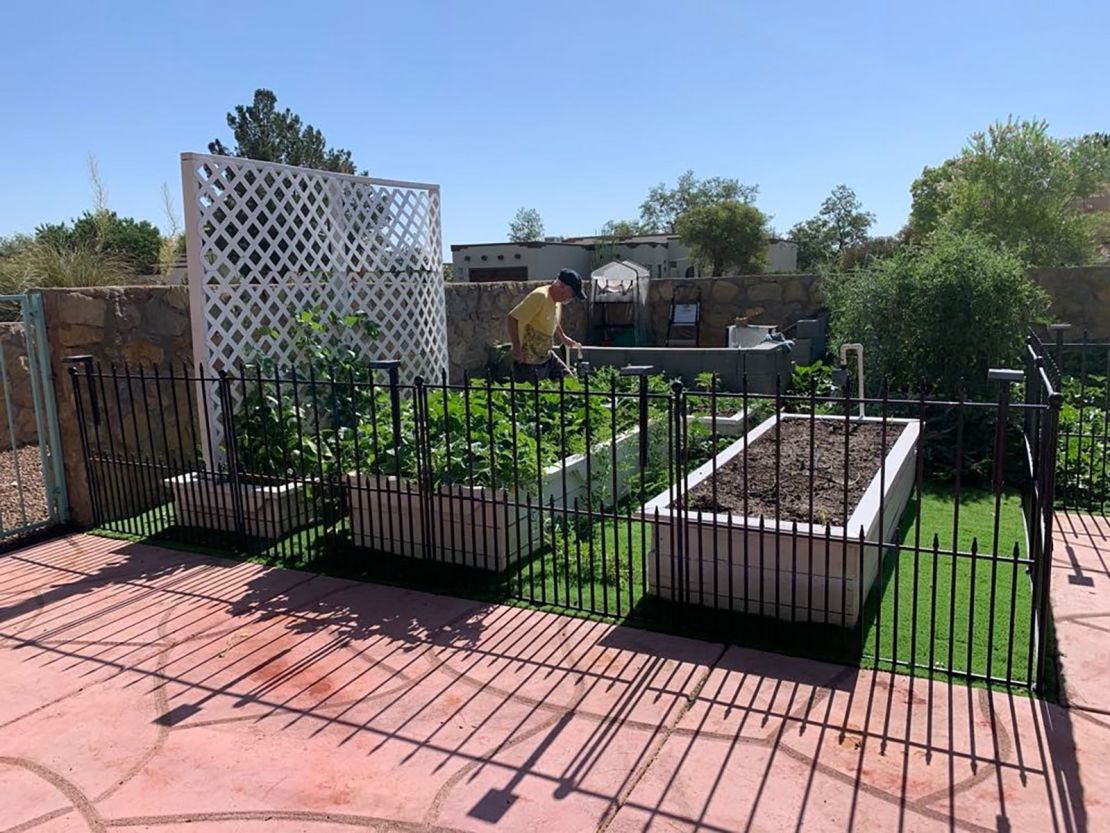CNN
—
Social Security recipients will see their monthly payments inch up by only 2.5% next year, as the steady decline in inflation puts a damper on the program’s annual cost-of-living-adjustment, the Social Security Administration announced Thursday.
Retirees’ monthly payments will rise by about $50 to an estimated average of $1,976 starting in January. Nearly 68 million people receive Social Security payments.
The announcement comes less than a month before the presidential election, where the economy and high cost of living are key concerns for voters.
Next year’s COLA is a far cry from the 8.7% adjustment for 2023, which was the highest in more than 40 years and aimed to help senior citizens and people with disabilities cope with the rapid increase in prices at that time. But the annual boosts have since moderated along with inflation, providing recipients with only a 3.2% bump for this year.
The annual adjustment is based on an inflation metric from the third quarter of the year, which has cooled after being at around a four-decade high two years ago. A related metric, the Consumer Price Index, increased 2.4% in September compared with a year ago, the Bureau of Labor Statistics announced Thursday.
Still, many seniors and their advocates say that the annual adjustments do not keep up with the rising cost of living, particularly now since prices have remained high even as inflation has ebbed.
Before the Covid-19 pandemic, Cindy Christina used to be able to buy four or five bags of groceries and household supplies at Walmart for $150. Now, the Lebanon, Oregon, resident is lucky if she can get two bags for that amount.
A retired medical transcriptionist, Christina and her husband, Wally, rely on Social Security to pay their bills. When they recently needed to replace the brakes on their 1996 Dodge, they had to finance the cost and postpone a nerve test on Christina’s wrist.

Meanwhile, the recent COLA increases of a few percentage points haven’t kept pace.
“That’s nothing compared to how much groceries have gone up,” said Christina, 67, who usually eats cereal for dinner to save money. The annual adjustment “sounds good on paper but it doesn’t translate into helping us at all.”
Though the COLA is supposed to keep up with inflation, it’s missed the mark in eight of the last 15 adjustments, according to a recent analysis by The Senior Citizens League, an advocacy group, which looked at the annual increases prior to the one for 2025.
Over the past five years, only the 2023 adjustment has beaten the rate of inflation. The COLAs lagged inflation by as much as 1.1 percentage points the other years.
Social Security benefits have lost 20% of their buying power since 2010, according to the league. Those who retired that year would need a boost of $370 a month, or $4,440 a year, on average, to regain the lost value.
“The automatic annual cost-of-living adjustment is one of Social Security’s most essential and unique features. It is intended to ensure that benefits do not erode over time,” Nancy Altman, president of Social Security Works, an advocacy group, said in a statement. “However, the formula currently used to calculate annual COLAs under-measures the expenses that Social Security beneficiaries face. Seniors spend a greater proportion of their income on medical expenses―and the Social Security COLA should reflect that.”
What’s more, senior citizens typically don’t receive the full adjustment. Medicare Part B premiums, which are automatically deducted from monthly Social Security benefits, can erode the annual boost. For 2025, the standard monthly premium is expected to be $185, an increase of more than $10 from this year, according to the latest Medicare trustees report.
Until just a few years ago, Mary Richards was able to cover her monthly expenses – and have a little left over to go out to eat and sock away some money – with the income she received from Social Security and her pension. But the steady climb in costs have forced her to dip into her savings to pay bigger bills, such as her real estate taxes and insurance for her home and car.
“Now, there’s just no wiggle room,” said Richards, 76, a retired design professor who lives in The Villages, Florida. “I kind of woke up one day and said, ‘I don’t have any money left over.’”
For instance, the food she buys for her 7-year-old rescue dog, Lucky, now costs $1.82 a can at Walmart, up from 75 cents before the pandemic – and Lucky eats 2.5 cans a day. She wonders how the Social Security Administration calculates the COLA since “it doesn’t seem it’s based on what I’m paying for.”
Tom Wakely, who moved from San Antonio, Texas, to Deming, New Mexico, three years ago, tries to stay out of the grocery store as much as possible. A retired community organizer, he and his wife, Norma Gomez, grow vegetables in their garden and a hydroponic system, bake bread and make beer.

Asked what he thought about the annual adjustment, he laughed.
“I’m looking forward to that extra $20 a month, alright,” said Wakely, 71. “It’s not noticeable because everything else goes up.”
This story has been updated with additional information.
